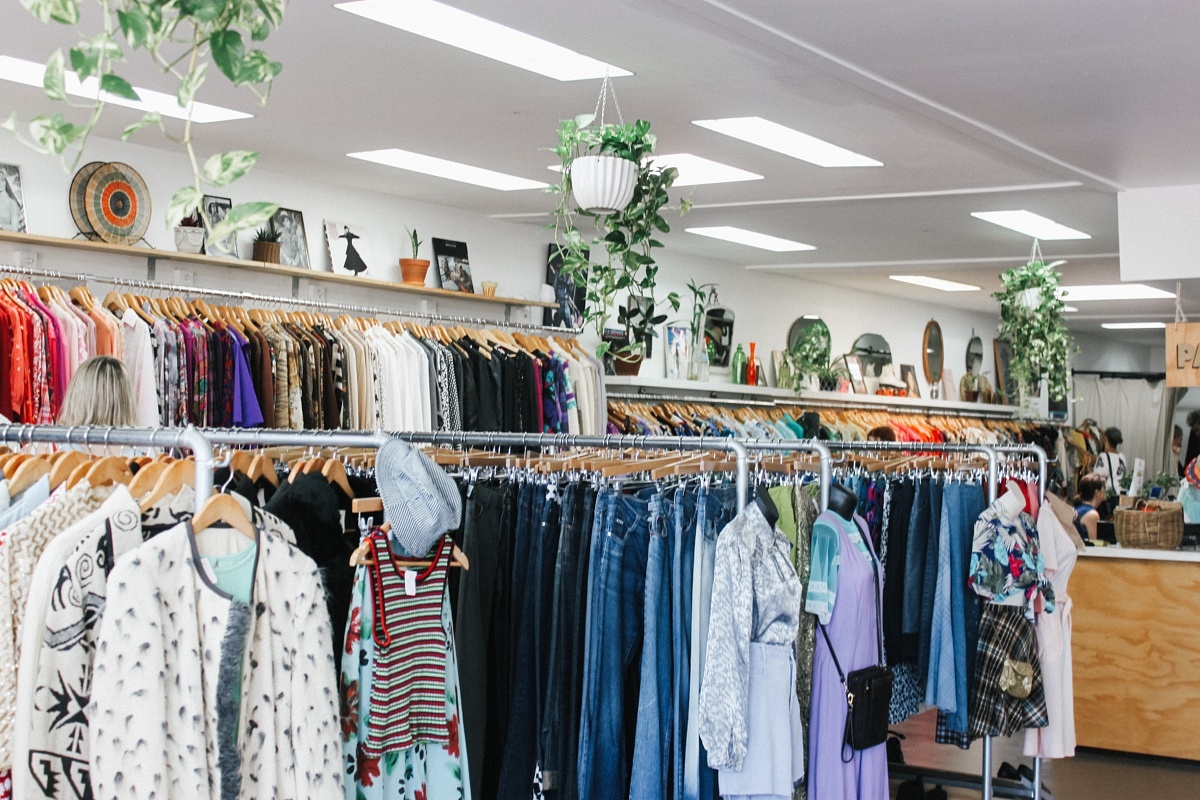You Have Something To Wear – A More Rational Approach To Buying Clothes
This post needs no introduction because we are all familiar with the “I have nothing to wear” syndrome. This syndrome strikes as you are exiting the shower in the morning, and are trying to make a decision on what to wear for the day. From experience, it is more likely to strike on Wednesday or Thursday, in line with the build-up of work-week fatigue. I have reason to believe it strikes most of us, so I want to jump right in with two questions:
How often do you feel like you have nothing to wear?
How often has this feeling led you to buying more clothes, only to feel like you have nothing to wear a month or so thereafter?
This post is a sermon to me too, an attempt to deconstruct why we often feel this way, and how it results to poorly thought out clothes purchases.
We get bored of clothes really quickly
I do not know why we get bored of clothes, but I know it is the real reason why we so often feel like we have nothing to wear – even with a closet full of clothes. How do we deal with boredom? First, by recognizing it for what it is, and then realizing that we have control over it.
If you know that boredom causes you to buy clothes you will get bored of in no time, then the right thing is to strategize around that beforehand and there are many ways of doing this.
- This is the most difficult one to implement: Adopt a work uniform. This has been written about extensively in relation to minimizing the number of decisions you make in a day to conserve your decision-making muscle and willpower. We can apply the same principle to reduce this boredom-spending thing. Move away from the mentality that clothes that you wear regularly (to work), are anything other than a covering over your nakedness (I know!), and adopt a uniform look. Men are incredibly lucky because society decided a while back on the jacket and pants thing, but ladies can apply it too. For example, I have a friend who only wears all black to work, and another whose uniform is a black trouser/skirt with a white top/blouse/shirt. Adopting a uniform style as your work uniform eliminates one aspect of the problem – after your shower, you do not have to think about what to wear, and you won’t start to think about how bored you are. You also do not have to worry about wardrobe mishaps. Finding this too boring, no problem! There is (2) below for you!
- Buy clothes that you can mix and match. Classic pieces that you can mix and match give you endless opportunities to create new looks from your existing clothes.
- Accessorize. Sometimes a scarf or a belt is all it takes to make an outfit feel new. Instead of buying new clothes, buy an accessory, and creatively use it to jazz up your outfits.
- Plan your outfits ahead of time. We have agreed that having to make the dressing decision in a rush is not good for our willpower, so why not spend a few minutes on Sunday planning what to wear for the week, and arranging the outfits in order on one side of the wardrobe.
Ultimately, these ideas will work if you recognize that the “I have nothing to wear” syndrome is actually not in any way connected to reality – unless your closet is actually empty.
Be smart about how you buy clothes
If you really must buy new clothes, it is important to be deliberate about it, that way you do not compromise your saving goals and also so that your clothes serve you better.
- Aim for a fixed closet size. A good personal rule is to not buy something new, without removing an old item from the closet. This challenges you to not hold onto clothes that you no longer wear. Marie Kondo’s method of getting rid of things that do not spark joy works especially well when it comes to clothes.
- Buy clothes in seasons. Instead of impulse buying, plan to buy your clothes once or twice a year. This gives you time to save up and buy high-quality pieces that will last.
- Keep a list. Whenever you feel the need to buy a clothing item, note it down and move on. Consult that list when you are ready to do your periodical clothes shopping.
- Avoid all forms of style advertising. As I have said before in this blog, the entire advertising industry exists to make us feel bad about what we own, and to get us to spend more. Think about this, where did you see the last item of clothing you bought on impulse? Was it on a friend / colleague, or was it advertised to you? Chances are, it was sold to you, and you bought it. This may sound radical, but do not window shop clothes, unless you are buying.
I have applied some of the principles I share above and they have so far worked well for me. While I do not yet have a work uniform, I have a set look for work and a number of outfits that have this exact look. As a result, I do not stress too much about what to wear. Secondly, I buy work wear in bulk, unless I see a piece that I badly need but have not been able to find. e.g, I have been looking for a great white cotton shirt for about a year now. I however still find myself impulse buying casual wear, and I connect this to the fact that I do not really have a casual look that I like – this keeps shifting.
How about you? How do you handle your clothes-buying decision?
This post is the final on the series sponsored by Maisha Ni M-Pesa Tu, a promotion by Safaricom, where Safaricom is going to give away 7 apartments, over Sh110 million worth in daily and weekly cash prizes, and over Sh100 million worth of data, SMS and airtime prizes to M-Pesa users. What I like about this promotion is that I do not need to do anything to stand a chance to win, other than use M-Pesa for transactions, as usual. Follow the conversations on Twitter using the hashtag #MaishaNiMpesaTu
Image Credit: Prudence Earl




